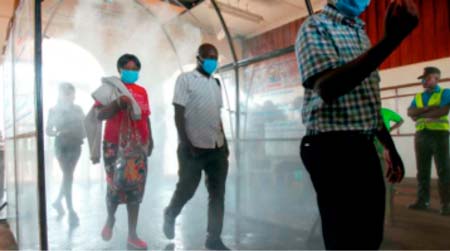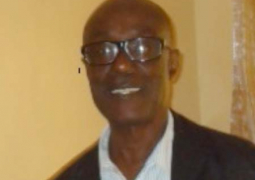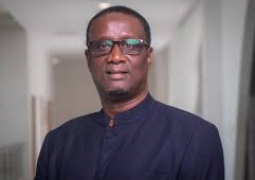
Let us try a little thought experiment. Imagine, if you will, that rather than Europe and North America, the epicentre of the novel coronavirus pandemic was Africa, and the disease was killing many tens of thousands of people there. What images and storylines would be used to tell the story on TV screens and newspaper front pages in the West? Would they differ from those being employed by editors to explain the tragedy the virus is cutting across the global north?
Well, as it turns out, we do not need to imagine. There was just such an infectious disease that tore through West Africa five years ago, and we can examine how that was reported. The Ebola epidemic, which struck in 2014, affected six countries in Africa, with isolated cases being recorded in North America and Western Europe. The disease killed more than 11,300 people, all but one in West Africa, particularly in Guinea, Liberia and Sierra Leone. Although this is a fraction of the numbers associated with COVID-19 today, the coverage in the Western press was much less restrained, at least as far as the showing of bodies and portrayal of grief was concerned.
Why? While there is considerable variation between and within countries and cultures, in general, and contrary to popular wisdom, the news media tends to be rather reticent about showing death, especially when it involves familiar people. In his book on the reporting of death in the West, Dr Folker Hanusch notes that “newspapers show very little actual death, when they do, the dead are more likely to be from abroad, and even more likely to be from distant cultural backgrounds”.
The same can also be said of images of grief. During the Ebola crisis, the private grief and mourning of African families were transformed into a public spectacle for Western consumption in a way the grief of Western families (and arguably that of families elsewhere) is not today. It is true that public performances of mourning like death wails and ritualised weeping long abandoned by many European societies are still practised in many parts of the continent. But when taken out of their proper contexts and exoticised by insensitive media reporting, they can be made to seem strange and macabre to uncomprehending audiences in the West.
It is not a phenomenon unique to Western journalism. Interviews with Kenyan editors last year also showed that they were more likely to publish gruesome images from events in far off lands and that feature exoticised victims - that is those who are geographically, culturally and even racially remote from their audiences. However, because African media organisations are reliant on Western news agencies for their coverage of Europe and America, their coverage tends to reflect that of Western media, with few images of dead white bodies or heart-rending images of grief.
In the West, the story of the coronavirus deaths is being told largely through infographs and statistics rather than images. Unlike the victims of Ebola, the tragedies of coronavirus victims are demonstrated in numbers, not photographs. But if the epicentre of the pandemic were to shift to Africa, this is not likely to continue. And that could lead to a serious fallout as happened last year when the New York Times used graphic pictures in its coverage of the Dusit D2 attacks in Nairobi, Kenya. As Sarah Sentilles notes, the media’s “practice of keeping some bodies protected from view while other bodies - be they victims of bombings or natural disasters or police violence - are visible everywhere” may reinforce racist and nationalist ideas that some deaths are more significant than others - “those visible dead do not belong to us”.
So what can Western media do to avoid this? They could learn from previous mistakes, anticipate the situation and develop guidelines for their editors on the use of death images. Following the Dusit D2 controversy, the New York Times promised to develop such guidelines. Sadly though, there is no indication that this has actually been done.
Secondly, editors would do well to recognise that there is more to African responses to epidemics than the favoured images of poverty, dying and wailing, show. Stories and images that highlight the agency of Africans, and that recognise that there is more than one “Africa” are just as important.
A final strategy that Western media could adopt would be to use local reporters and photographers who may provide more sensitive and nuanced coverage of the disease in their own nations. Relying exclusively or even primarily on foreign correspondents and photographers, who import their own societal biases into story and image selections, would inevitably end up compromising the reporting.
The goal would not be to make all reports of the pandemic look and sound identical across all countries. There is still need for media reports to allow foreign audiences to recognise themselves in the subjects of the coverage without erasing the differences. It is a tricky balance and one that even the most empathetic of reporters will struggle to find.





